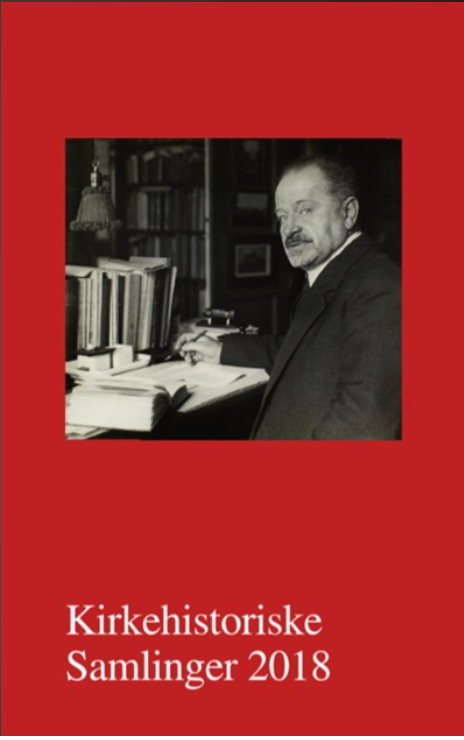Publiceret 25.02.2025
Citation/Eksport
Copyright (c) 2018 Tidsskriftet Kirkehistoriske Samlinger

Dette værk er under følgende licens Creative Commons Navngivelse – Ingen bearbejdelser (by-nd).
Resumé
J. Oskar Andersen er kendt som kirkehistoriker, politiker og kirkepolitiker, men i denne artikel er det hans forhold til folkekirkens
interne retninger, der undersøges. Grundtvigianismen stod ham kirkepolitisk og teologisk fjernt. Heller ikke Kirkeligt Centrum kunne han tilslutte sig, da denne retnings ledere ikke var enige om at engagere sig i hans hjertesag: kampen for en mere fri folkekirke. Det støttede Indre Mission til gengæld i stigende grad, og da denne retning ligesom Andersen slog på den personlige tros vigtighed, stod Andersen den teologisk nært. Indre Mission havde så et landligt og pietistisk præg, der lå Andersen fjernt, og han søgte at introducere en Fjerde Retning, der kan have været hans eget ideal. Levende kirkelig aktivitet var hans ideal, og det måtte gerne ske på bred kirkelig og økumenisk basis, for en snæver luthersk ortodoksi lagde han ret klart afstand til.
Summery:
Johannes Oskar Andersen (1866-1859) served as a professor in Church History at the University of Copenhagen and besides that he was a member of the Danish Parliament for many years for the Conservative Party. In the Danish Lutheran Church he served as a board-member in his parish and in a number of national boards and committees as well. This article shows how important is was for him to work for more independence for the Danish Church of the state but in the end he lost the battle. It also demonstrates how he looked upon the three big parties and churchmanships within the church. The Grundtvigian Party worked for latitudinarianism and Andersen was in opposition to that, working for maintaining the Danish National Church and the public schools on a Lutheran foundation. The Church Center Party was characterized by Lutheran traditionalism and Andersen agreed with it in many ways. But when the leaders of the Church Center Party did not agree to work for a more independent church he lost his interest in that party. Instead he spoke more warmly of the Inner Mission Party which was characterized by a lot of church activities, run by lay people. The leaders of the Inner Mission Party voted like Andersen for a more independent church and when Andersen insisted of the necessity of a personal faith, he agreed with the Inner Mission. Still, Andersen did never get any close personal relationship to this movement that was strongest in the rural areas and pietistic in its outlook while Andersen was born into the upper class of Copenhagen and very interested in art and theaters. Andersen saw the outline of a Fourth Party in the church: A group that combined the missionary zeal of the Inner Mission with a more modern, urban and intellectual style like the Church center party. Andersen was more ecumenical in his views, not insisting on Lutheranism like the Inner Mission and he welcomed the Oxford Group Movement as it came to Denmark around 1935. After World War Two he spoke more positively about the growing Grundtvigian Party than ever, and that might have to do with the fact that Andersen supported the idea of female pastors theologically – like the Grundtvigians while the Inner Mission Party opposed the idea strongly with biblical arguments.

